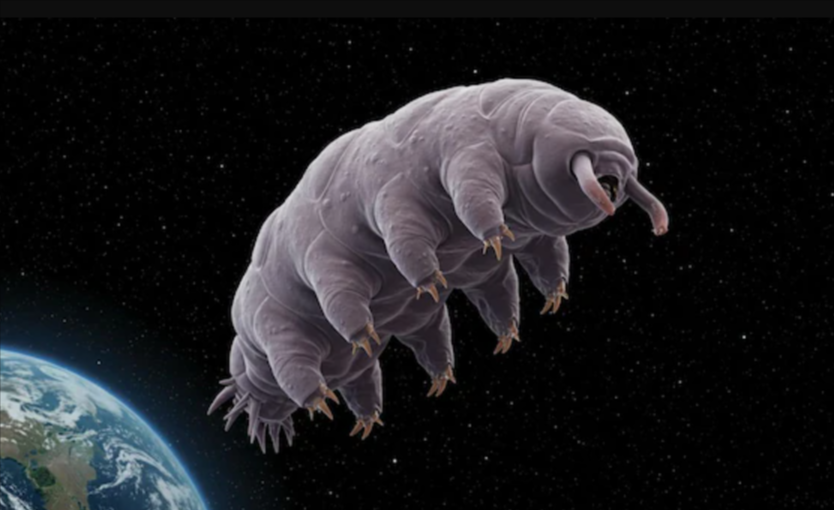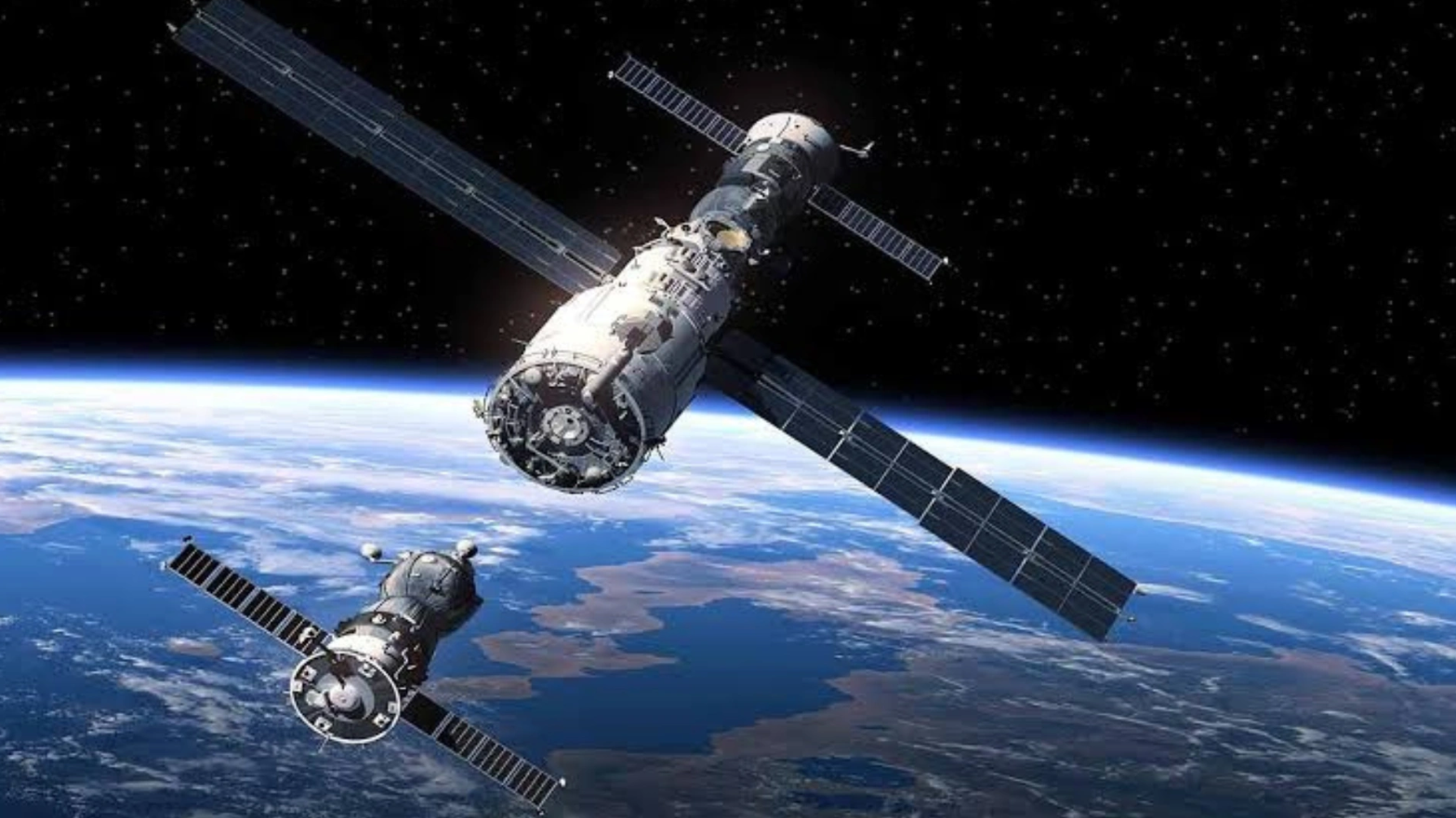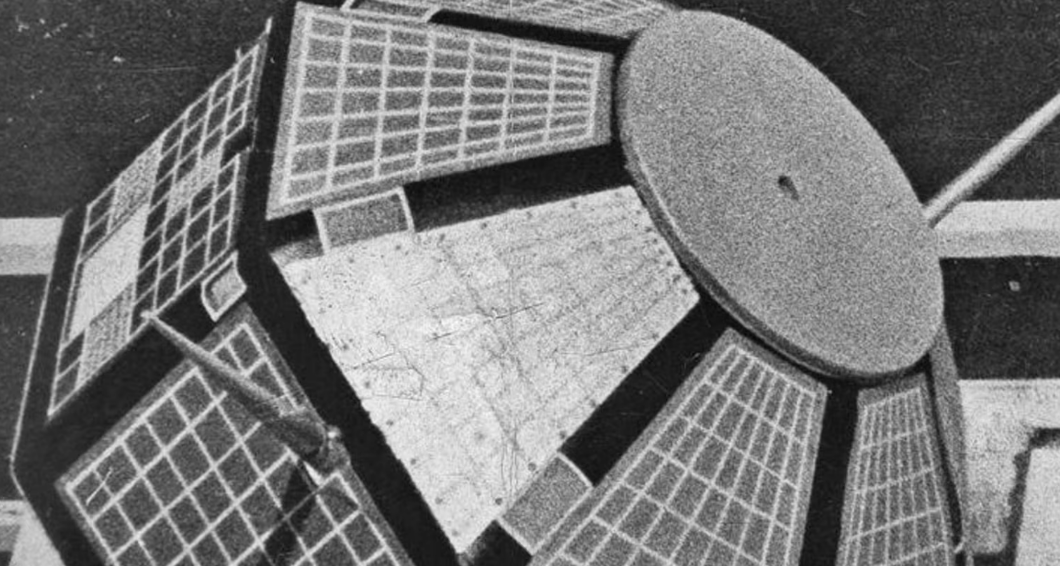
As part of the Axiom-4 mission, India advances its space exploration capabilities by studying how tardigrades survive space conditions, which are harsh for living organisms. Scientific data collected from this mission will help understand the molecular strength of these tiny animals as well as their value for space exploration and astronaut medical research. The Indian Gaganyaan Mission, which aims to establish a manned space program, requires this initiative to make further progress.
Context:
-
ISRO, the Indian space agency, plans to launch tardigrades, also known as water bears, through the Axiom-4 mission toward the International Space Station (ISS).
-
The Indian space agency conducts its initial human experiment in microgravity by using these highly durable micro-animal species.
-
The mission, with involvement from ISRO, NASA, and ESA functions to research tardigrade capabilities during spaceflight conditions and improve long-duration spaceflight knowledge.
Key Points:
About the Axiom-4 Mission:
-
The International Space Station (ISS) under the Axiom-4 mission will support crewed operations for fourteen days to undertake leading-edge research about microgravity biology, biotechnology, and sustainability.
-
Several organizations jointly participated in this mission through ISRO (India) and NASA (USA), and ESA (European Space Agency), with the Indian astronaut Group Captain Shubhanshu Shukla representing his country.
Mission Objectives:
-
Scientists seek to study multiple life science fields, as well as the investigation of growing crops in space conditions and human body reactions to zero-gravity environments.
-
Scientists aim to study microbial resistance against space conditions and muscle tissue renewal, as well as food cultivation under zero gravity.
-
The research aims to deliver important data that benefits both the upcoming Gaganyaan Mission of India, together with future extended space operations.
About Tardigrades (Water Bears):
-
What are Tardigrades?
- Water bears or moss piglets represent the scientific name for the microscopic creature, tardigrades, which possess extraordinary survival traits.
- The physical size of tardigrades ranges from 0.3 to 0.5 mm which makes them visible only under microscope examination.
- Dieppe served as the location where zoologist Johann Goeze made the first discovery of tardigrades in 1773.
Key Characteristics:
-
Tardigrades survive across every extreme location, from freezing polar areas to underwater ocean depths.
-
All tardigrades display eight clawed legs alongside segmented body segments, along with a strong external protective covering.
-
The remarkable survival abilities of tardigrades extend to their ability to endure vacuum conditions in space together with radiation exposure as well as extreme dryness and hot and cold temperature environments.
-
Tardigrades become cryptobiotic by halting their metabolic functioning and use this condition to live through difficult environmental conditions.
Importance of the Experiment:
-
The Voyager Tardigrades Experiment has two main investigative areas:
-
Revival and reproduction of tardigrades in microgravity environments.
-
Changes in gene expression patterns exist between tardigrades that experience space conditions compared to those living on Earth.
-
Why It Matters:
-
Scientists hope to discover the molecular basis of tardigrades' strong resistance through this experiment to advance biotechnology developments.
-
Better protection strategies for extended space missions will benefit from the learned knowledge.
-
This investigation will result in breakthroughs regarding bio-preservation techniques for supporting future space exploration goals.
Conclusion:
Space research makes a breakthrough through the combined efforts of the Axiom-4 mission and the Voyager Tardigrades Experiment. The study of tardigrade survival strategies on the Axiom-4 mission provides both deeper knowledge of extreme ecosystem survival as well as opportunities to develop new space health solutions and biotechnological advancements. The involvement of ISRO in this worldwide mission yields essential results that could boost India's upcoming Gaganyaan Mission and its space exploration goals.



 IIA Achieves Breakthrough in Measuring Helium Abundance in the Sun
IIA Achieves Breakthrough in Measuring Helium Abundance in the Sun QpiAI Launches India’s First Full-Stack Quantum Computer, QpiAI-Indus, on World Quantum Day
QpiAI Launches India’s First Full-Stack Quantum Computer, QpiAI-Indus, on World Quantum Day TERI's Nano Sulphur Breakthrough in Mustard Cultivation
TERI's Nano Sulphur Breakthrough in Mustard Cultivation ISRO's Successful Second Docking of Satellites – A Milestone in Space Technology
ISRO's Successful Second Docking of Satellites – A Milestone in Space Technology Potential Biosignatures Discovered on Exoplanet K2-18b by JWST
Potential Biosignatures Discovered on Exoplanet K2-18b by JWST India Launches First Native Seed Germination Database for Ecological Restoration
India Launches First Native Seed Germination Database for Ecological Restoration India’s Evolving Approach to Artificial Intelligence Governance and Regulation
India’s Evolving Approach to Artificial Intelligence Governance and Regulation Golden Jubilee of Aryabhata 2025: Celebrating India’s First Satellite and ISRO’s Historic Milestone
Golden Jubilee of Aryabhata 2025: Celebrating India’s First Satellite and ISRO’s Historic Milestone ESA's Biomass Mission 2025: Tracking Global Forest Carbon Storage via Satellite
ESA's Biomass Mission 2025: Tracking Global Forest Carbon Storage via Satellite






